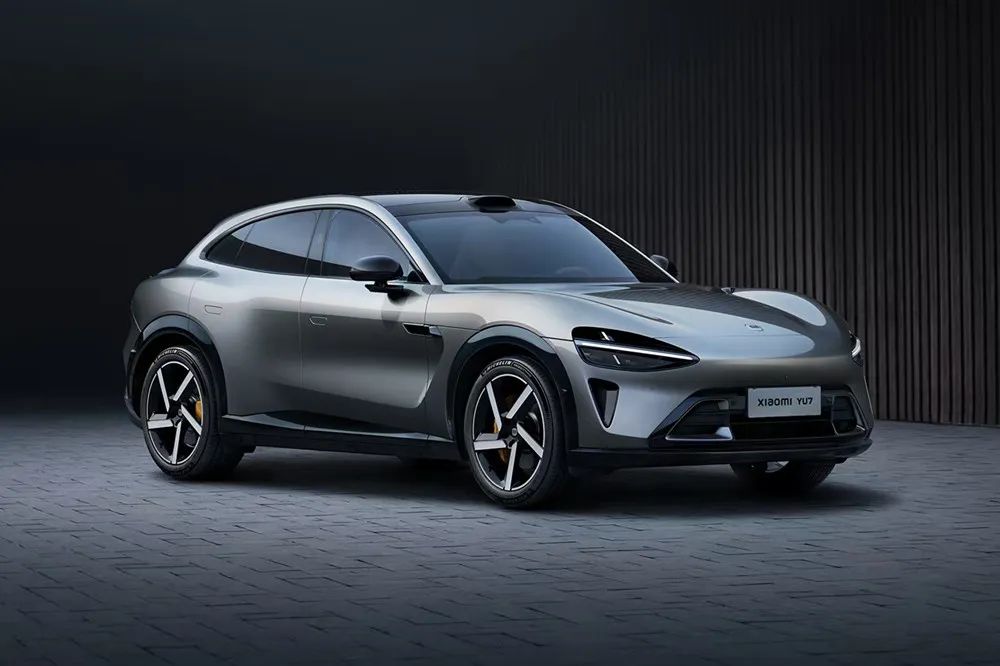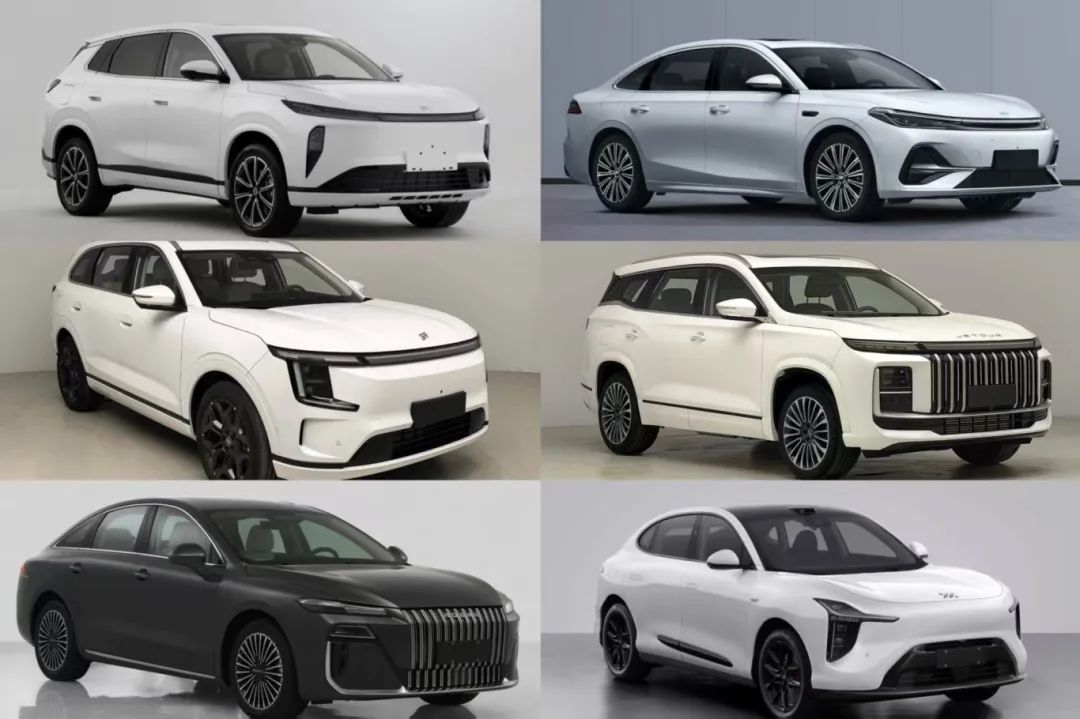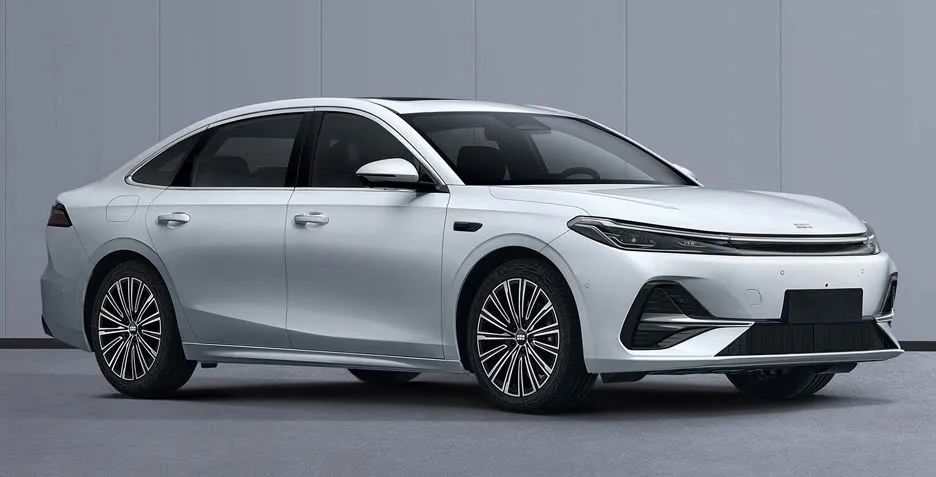Ministry of Industry and Information Technology's 395th Batch of New Vehicles: New Energy Vehicles Increasingly Rely on 'Fuel Tanks'
![]() 05/27 2025
05/27 2025
![]() 620
620

Introduction
In an era where aesthetics matter as much as functionality, 'being able to use fuel or electricity' is merely the foundation. Attractive design remains the cornerstone for widespread appeal.
What new vehicles can satisfy the demands of today's consumers? This question perplexes even the most established automakers. As the automotive market undergoes a profound electrification transformation, developing energy-efficient and cost-effective vehicles has become the norm.
2025 saw an unprecedented surge in medium and large dual-powered SUVs. Vehicles like the Lynk & Co 900, Hyperion HL, Deep Blue S09, and Leadway L90 have been launched or unveiled, often priced competitively.
Given current market trends, automakers are determined to secure a strong foothold with these models. Predecessors like Li Auto and AITO have paved the way, and others seek to emulate their success. However, is this the only path for China's automotive market?
Last week, the automotive industry buzzed with the official debut of Xiaomi's second vehicle, the YU7. Although Xiaomi hasn't announced pricing or accepted pre-orders, its unveiling ignited discussions across the automotive and digital realms. Amidst discussions on product capabilities, the design of the Xiaomi YU7 generated significant controversy.

Regardless of external opinions, the Xiaomi YU7 has undoubtedly invigorated the automotive market. Who says that in a challenging economic environment, Chinese consumers only desire uninspired family cars or commuters?
01 Hybrids: The Future of New Energy Vehicles
With the Xiaomi YU7's debut, the Ministry of Industry and Information Technology released the 395th batch of new vehicle catalogs. As usual, the early unveiling of numerous new vehicles serves to preheat the market.
Technologically, as pure electric vehicle sales growth slows, plug-in hybrid and extended-range vehicles are emerging, catering to new consumption trends.
In this batch, models such as the Dongfeng Fengshen L8, Roewe M7 DMH, Jetour Shanhai L7 PLUS, Jetour X90 C-DM, Buick GL8 Landon PHEV, and Maxus M81 all emphasize hybrid technology.
Regardless of the future of new energy transitions, the current automotive market is dominated by plug-in hybrid/extended-range models. Post-reshuffle, these models reign supreme. In the sub-200,000 yuan market, BYD firmly holds sway with a plethora of new vehicles and pricing advantages.

Among competitors, Geely shows promise. After realizing that technological superiority isn't the key, cost compression is, models like the Starship 7 and L6 focus on cost-effectiveness. With the Xingyao 8 and Galaxy A7 EM-i, this trend intensifies.
However, considering BYD's investment in DM technology, cost control, and user reputation, the hybrid market landscape is unlikely to change drastically unless the environment shifts. BYD's dominance is a bold but realistic assessment.
Similarly, in the high-end extended-range market, despite AITO's competition, Li Auto's position remains unshaken. Despite product homogeneity, the L6/7/8/9 series captures users in the 200,000 to 500,000 yuan range.
What do Chinese consumers truly need? Automakers have offered various solutions, but terminal market signals suggest: Users seek practicality, not individuality, high brand premiums, or emotional value. A household-focused product resonates with Chinese consumers.
In 2024, plug-in hybrid sales in China grew by 80%, while extended-range models surpassed pure electric vehicles with a 103% growth rate. By 2025, their combined share in the new energy market will approach 50%. Brands like Li Auto, AITO, and Deep Blue easily sell over 10,000 units monthly, indicating this trend's persistence.

Given these signals, many automakers are introducing new vehicles. However, with a few top players dominating, most new entries are destined to become market competition casualties.
02 Crafting Cars Recognized by Consumers: A Scholarly Pursuit
Technical routes aside, each company follows its path. Returning to Xiaomi YU7, new vehicles in today's Chinese market must exude distinct character and original design. Chinese automakers mastering design essence can achieve high standards.
Honestly, it's unclear if it's the Ministry of Industry and Information Technology's photography angle, but it's challenging to find models in the 395th batch that fully meet public aesthetics.
XPeng's new P7 impressed, presenting innovative design based on their understanding. Even in plain photos, it exudes recognizability and forward-thinking design, a testament to superior industrial design.

Beyond this, aside from models like the Geely Galaxy A7 EM-i and Dongfeng Fengshen L8 that avoid design pitfalls, many mid-cycle facelifts are aesthetically displeasing. Large waterfall grilles, past their prime, still appear aggressively.
Simultaneously, inexplicable new closed-off front designs lack connection to existing models and overall vehicle design harmony.
While automotive design judgments are subjective, 'good looks' are essential for popular models in a competitive era.
From Xiaomi SU7 to YU7, design debates persist, often placing Xiaomi alongside brands like Zotye. In China's vast market, design recognition must be accompanied by technological, brand, and systemic advantages.
At the 2025 World Brand Moganshan Conference, Li Bin stated, 'I admire Mercedes-Benz, BMW, Audi, and Porsche, but I didn't copy you,' earning applause. Recalling ecosystem construction, including Xiaomi Automobile, consumer-loved models aren't solely based on design.

New energy vehicles' market share has soared, surpassing 50% for some time. However, how many enterprises' high-hope vehicles sell less than 1,000 units monthly or struggle for public attention?
Ultimately, car manufacturing is a business. Chinese automakers must stand on the world stage and challenge the best. Self-admiration is insufficient. With new consumption concepts, pleasing consumers is paramount. This is the undeniable reality.
Responsible Editor: Cui Liwen Editor: He Zengrong








